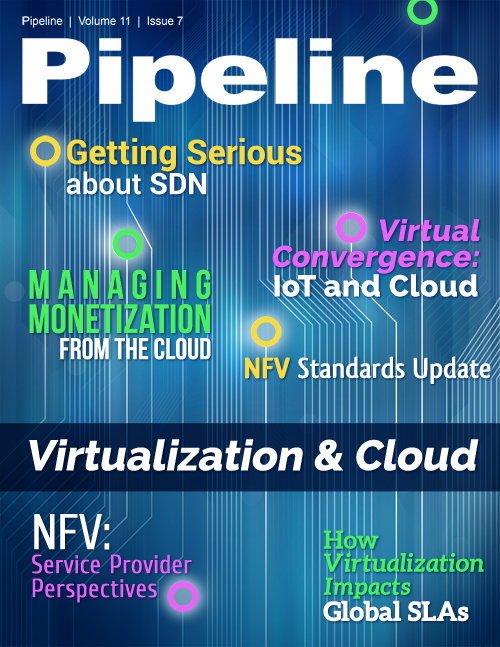Getting Serious about SDN in 2015
Standards Aren’t Standardized
When innovation is introduced to a market, operators and vendors alike immediately take one of two approaches. They either become early adopters and spend a great deal of time and resources to become the defacto standard – or – they wait for the difficult and often tedious official standards work to be done. Not that the service providers and vendors trying to steer the market don’t participate in standards work, but as we’ve learned in the past, some of that participation is covertly spent on delay and disruption rather than quickly adopting a standard to serve the industry. Stories abound of service provider and vendor employees being paid bonuses to delay standards. Not because the standards weren’t needed but because delayed standards meant delayed investment or bought individual companies more time to influence the outcome.
Why the subversion? Early adopters make large bets on their version of the truth and any part of that version that is changed by globally adopted standards is expensive to adjust. Also, becoming the defacto industry standard generates a return on the intellectual property rather than having to give it away to the industry in a standard. So the bet is that the standards bodies, delayed by formality and inclusiveness, will be driven by the market and whichever company controls it. It’s happened repeatedly with hardware, software, and process innovation in every industry.
Once an innovation moves from early adopters to best practices and ultimately standardization, there is little room left for differentiation and yet standardization is the only way that technologies like NFV or SDN can be widely and successfully implemented in the global public network. The need for the public network to interoperate locally, regionally, nationally, and globally is another big reason why service providers are implementing SDN cautiously. If software controls the network here, it better work the same way over there or everybody loses.
Many service providers cite the absence of standards as a big concern when moving SDN from pilot projects in a lab to production environment in the public network. While that should make agreeing on a standard more urgent, there are so many international bodies working on standards for SDN and orchestration that, to date, confusion seems to be the only output. There are the obvious standards bodies:
- European Telecommunications Standards Institute (ETSI)
- Internet Engineering Task Force (IETF)
- Open Networking Forum (ONF), Open Flow
- Alliance for Telecommunications Industry Solutions (ATIS)
- Object Management Group (OMG)
- TM Forum
And others that are closed collaborations of interested parties or even self-serving:
- Open Daylight
- Open Stack
- OpFlex
- OPNFV
- Open Vswitch
In addition, only a few are working on a comprehensive standard, while the rest focus on individual pieces of the puzzle. Ultimately acceptable standards will come from the inclusion of many sources, but clarity inevitably comes from the market and the more we see standards being applied in public, the more likely we are to accept them. Getting serious about SDN will require standards leadership and collaboration across (or in spite of) the factions that now exist in order to eliminate confusion and plot a course forward.
Very recently, some of these groups have begun to coalesce into something that might bring us closer to a standard, but this is tough sledding. Agreeing on a standard that ensures that a user can connect in a consistent manner to people, devices, or content anywhere in the world will take many more years, more trials, and more arguments before the industry arrives at an acceptable foundation for deployment across the public network.


















